
The Organize 365 Story – Part 4
This is part 4 of a series sharing the Organize 365 Story. This week, I want to talk with you about how we name and use the spaces in our homes. I want to share with you some of the ways you can change your mindset and the way you name the spaces in your home. This week, I want to share the details of naming the spaces in our homes to help the Organize 365 community to have a shared vocabulary and foundational language.
No matter when you begin your transformational journey (or when you need to reset or restart), this information will be here as a reference for you. Listen in as I teach you about how I think about how we use our homes. These ideas are at the core of everything I teach and how I approach organizing and will help you take those first steps toward learning the skills of organization.
Traditional Home Design
Many of our homes were designed in the 1950s by a middle-aged white guy. Men left the house and went to work designing homes for the women and children who lived in them. So many of us learned about how homes “should” function based on what was on TV. Many of us can still describe the homes we saw on The Brady Bunch or Leave it to Beaver and we believed that that is how people lived (even if it was completely different than our own homes and families). Those mindsets and beliefs are still strongly with us. However, I am a functional organizer, and I want to challenge you to rename and repurpose your home for the life and family you have today.
Renaming Home Spaces
The name that you give to the rooms in your home changes the way you view how that space is used and the things you keep in the room. I encourage you to critically analyze the way you use your home and think about how you live in the space you have. Renaming the spaces in our homes does not change the physical makeup of the space, but renaming things changes our mental idea of what should be stored in that space. This helps us keep order longer and more effectively.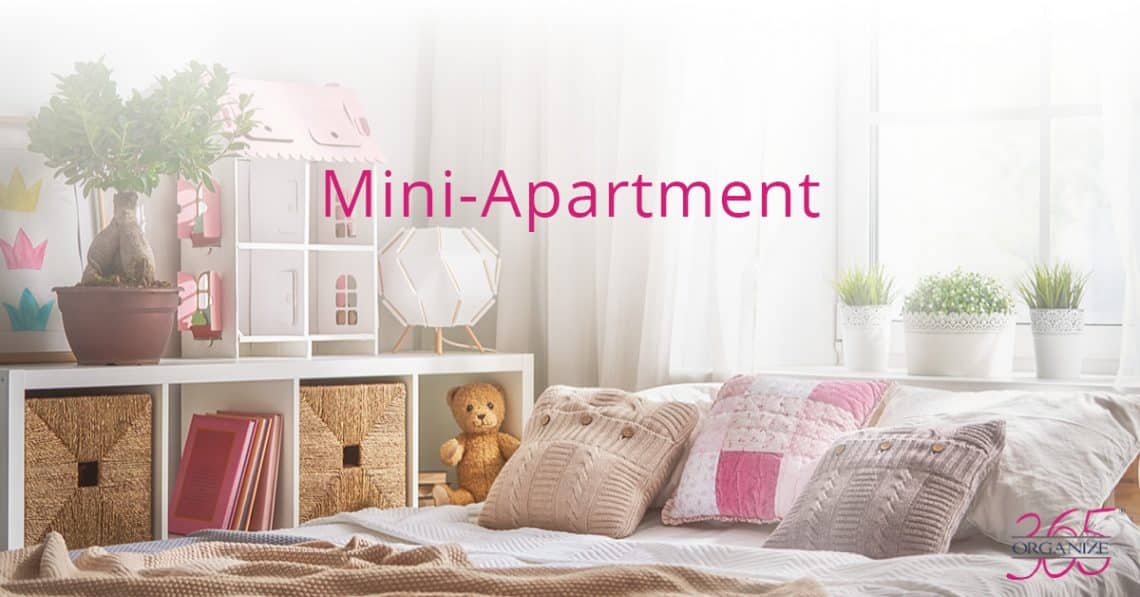
Mini-Apartments (Child’s Bedroom)
I have always viewed my children’s bedrooms as their own mini-apartments. For kids, having them think about their bedrooms as a mini-apartment gives them ownership and the right amount of space to care for as they learn organizing skills. They learn how to take responsibility for their space, but I am still the landlord and set the rules for the way the space can ultimately be used.
In many ways, I encouraged my kids to set up their rooms to reflect them and their phase of life. We redecorated their rooms every 3-4 years and I allowed them to paint, move furniture, and take the doors off their closets. At different times, my kids had a TV and a small refrigerator in their rooms. I do not give parenting advice, but my goal was to have my kids learn to make decisions about their living space and learn to be clean and organized on a small scale.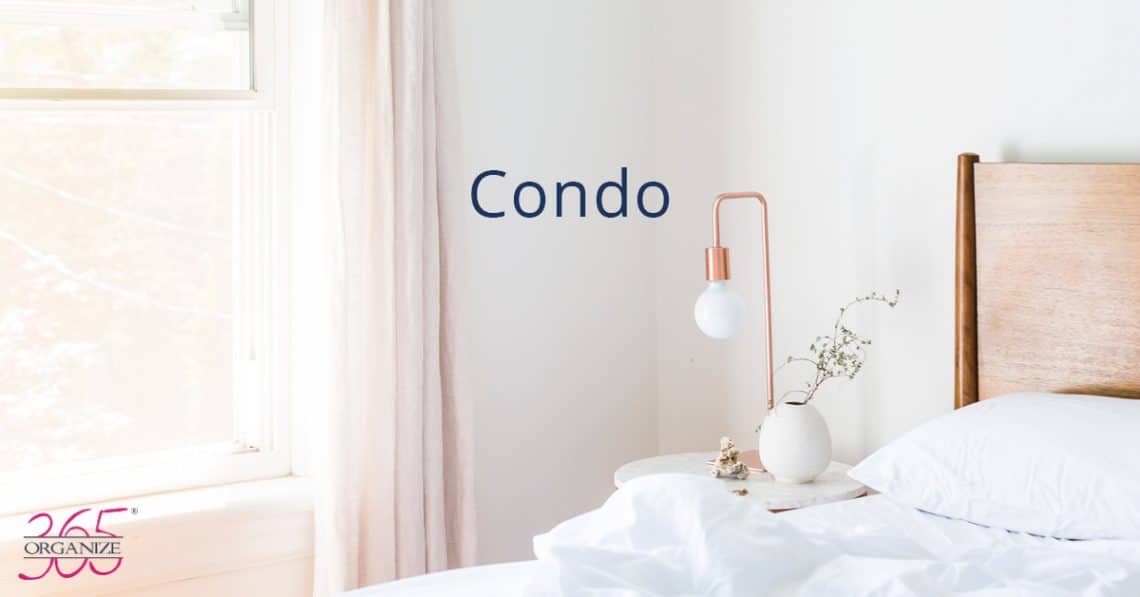
Condo (Adult Primary Bedroom Suite)
While I remain the landlord of my children’s bedrooms, for my own space, I think of my bedroom as a condo. It is a bigger space with fewer rules. In my home, we have a separate, private bathroom. For many years, I even had my office set up in my bedroom. I have passion project space in my condo – I do puzzles, read books, watch TV, and can comfortably relax and hang out inside my primary bedroom.
I think it is important for each person to have a space in the home that is just for them. Decorate it and set it up so that you have a private space to enjoy. Contemplating your primary bedroom as a private condo residence can change the way you think about your home and the things you keep inside that space.
Rename Spaces Based on Their Use
I highly recommend that you name the rooms and spaces of your home based on how you actually use them for your family. I have encouraged people to use words like library, Lego room, craft room, dining room, and so on. If you use part of your eat-in kitchen for schooling, call it that. I use the “dining room” as a home office space – change its name. Words are powerful and they shape our thoughts.
Lisa Lingo – Some Exclusive Lisa Home Words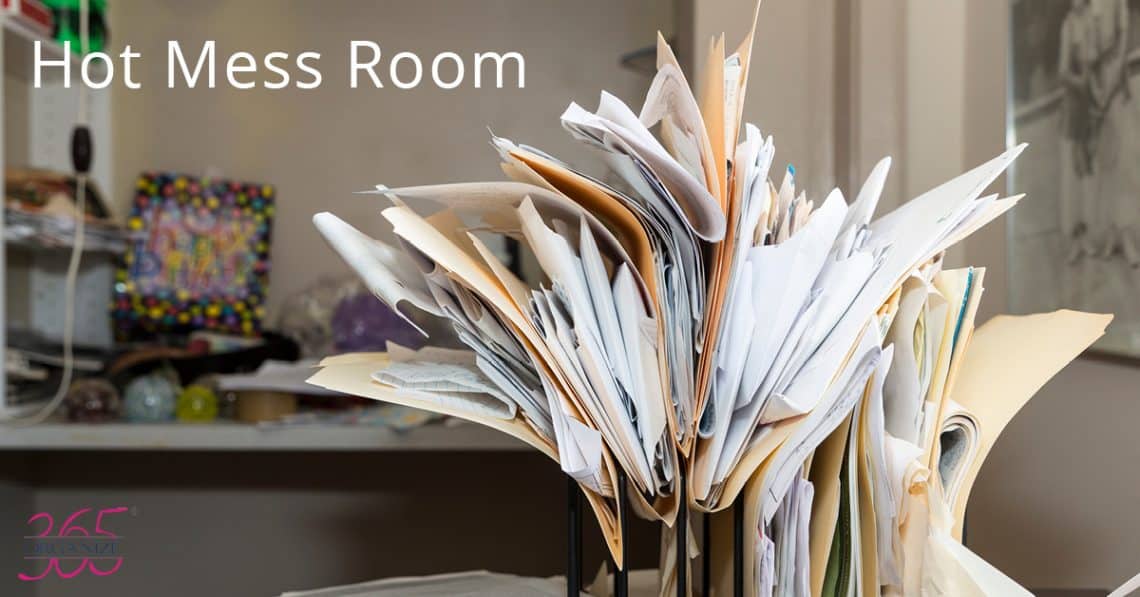
Hot Mess Room (HMR)
The Hot Mess Room is the space in your house where you put stuff that you do not know where else to put it. This is the dumping ground for all the things that do not have a home or you are uncertain about. This can be anything from a junk drawer to a spare bedroom or a storage unit to your whole house. Often, we keep shoving things randomly into the space with no rhyme or reason about where things go.
Although my ultimate goal is to help you get organized, I highly recommend you identify a Hot Mess Room as you get organized. Having a designated place to dump stuff allows you to make progress on the rest of your organizing. You can get the rest of your home organization completed, and then tackle the Hot Mess Room. Identifying a single place for all of your postponed decisions and leftover items allows your mind to rest on some of the more difficult decisions so that you can continue to make progress on your organizing journey. You have a single place to put all the things that you do not need to keep in your current life or are not ready to get rid of yet.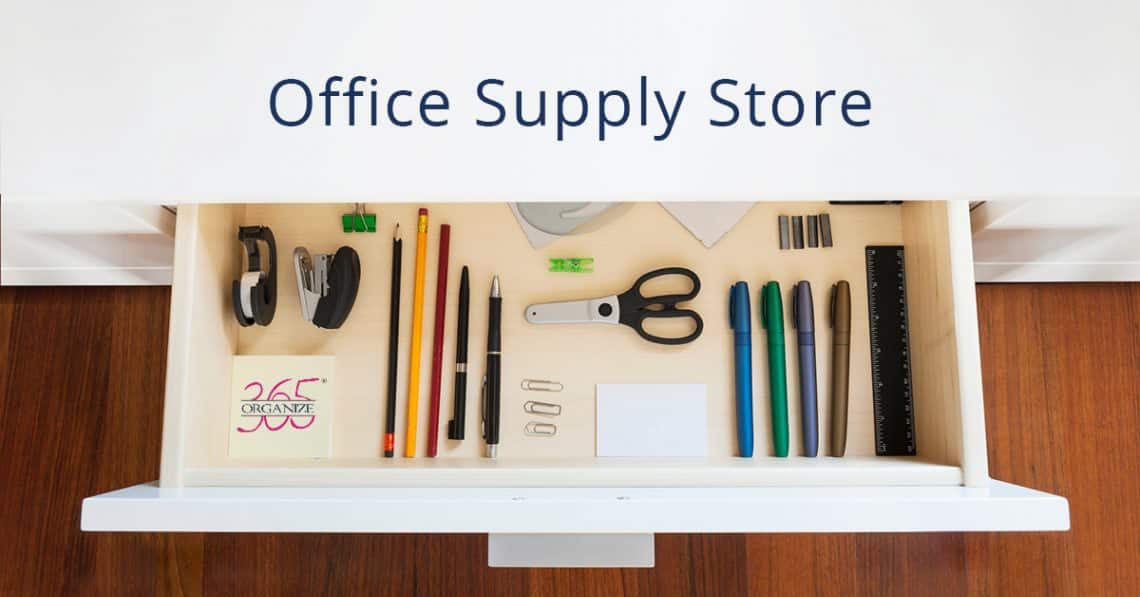
Office & School Supply Store
As you organize your home, I recommend consolidating all of your office, school, and craft supplies into one central location. Once your children are about 8 years old (and you no longer need to lock up and hide your supplies), I recommend creating an office and school supply store in your home. When someone needs something for work, school, crafts, or a project, there is only one place to look for the things you need. Having an in-home supply store will help you save time and money. You will stop buying extras because you will always know how much of a given item you already have. As I have already recommended, feel free to move the store location around the house as your kids grow up and how you use the house changes over time.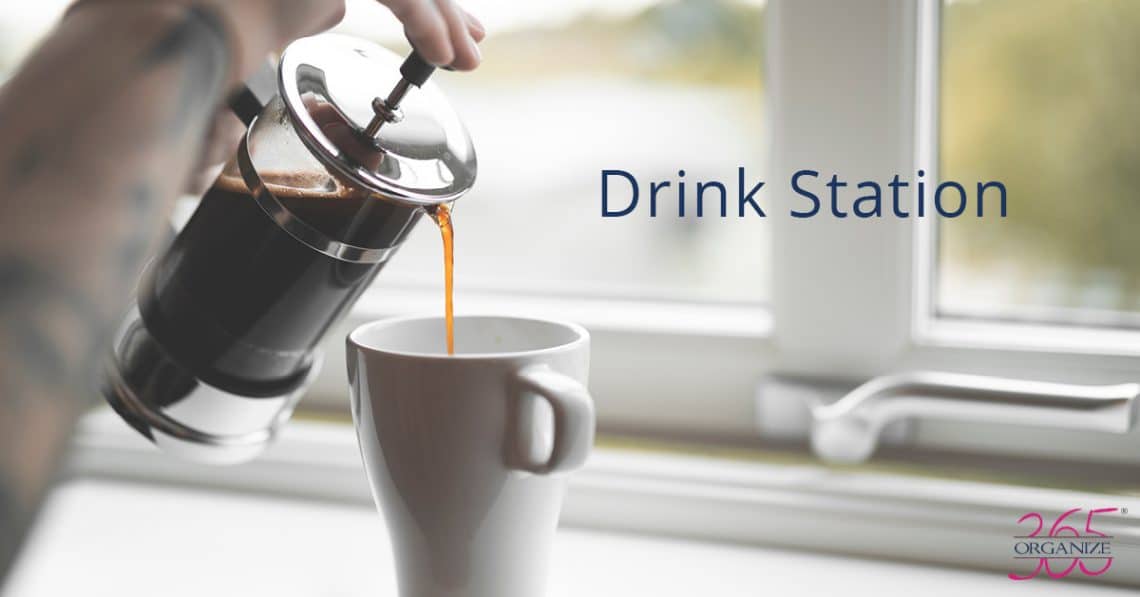
Drink Station
As a functional organizer, I recommend that most families consider setting up a drink station in the kitchen as they get organized. I first realized this would be an effective solution years ago when I was doing in-home organization for a family with 5 kids. Having so many people in the home meant that there were many different drink preferences and beverage items – mixers, blenders, coffee makers, smoothies, protein drinks, coffee, tea, water bottles, mugs, wine glasses, and similar things were spread all over the kitchen. Moving those to a single location in the kitchen helped family members to find things, improved the traffic pattern in the kitchen, and made it easier to cook and wash dishes.




